Have you ever thought about how one’s breathing stands out with situations such as stress, excitement or relaxation? Breathing is much more than a reflex along with its operation because for a start, it makes us alive; it is a pathway to interpreting as well as evolving our mind, emotions, and souls.
In this blog let me explain how you can master your breathing and use it as a tool towards getting your mind going to the divine centers within. Let’s dive in!
Table of Contents
The Breath-Mind Connection


Let us first clarify why the breath works so amazingly well before we review techniques.
This means that your breathing is wired directly to your nervous system. When you’re stressed, the breathing becomes short and fast, indicating to the body to stay alert in case of an attack.
The same technique works the other way around by focusing on deep and slow respirations, stimulates the parasympathetic nervous system which is commonly referred to as the ‘rest and digest’ system.
But it doesn’t stop there. Every civilization in history, as well as every modern school of thoughts, has it that your conscious breathing can change your mind, heart and soul.
In fact, most of the spiritual systems think that breath is the link between the physical and the spiritual.
Advantages of Controlled Breathing


Engaging in intentional breathwork can yield incredible benefits.
Stress Reduction: Worse cortisol levels and increase anxiety.
Improved Focus: Improving focus and clarity of my own consciousness.
Emotional Balance: Cope with emotion and release stored feelings.
Enhanced Energy: Increase oxygen and energy in a human body.
Spiritual Growth: Embrace even closer relationships with your inner self and with the universe around you.
To stop thinking, breathing in and out
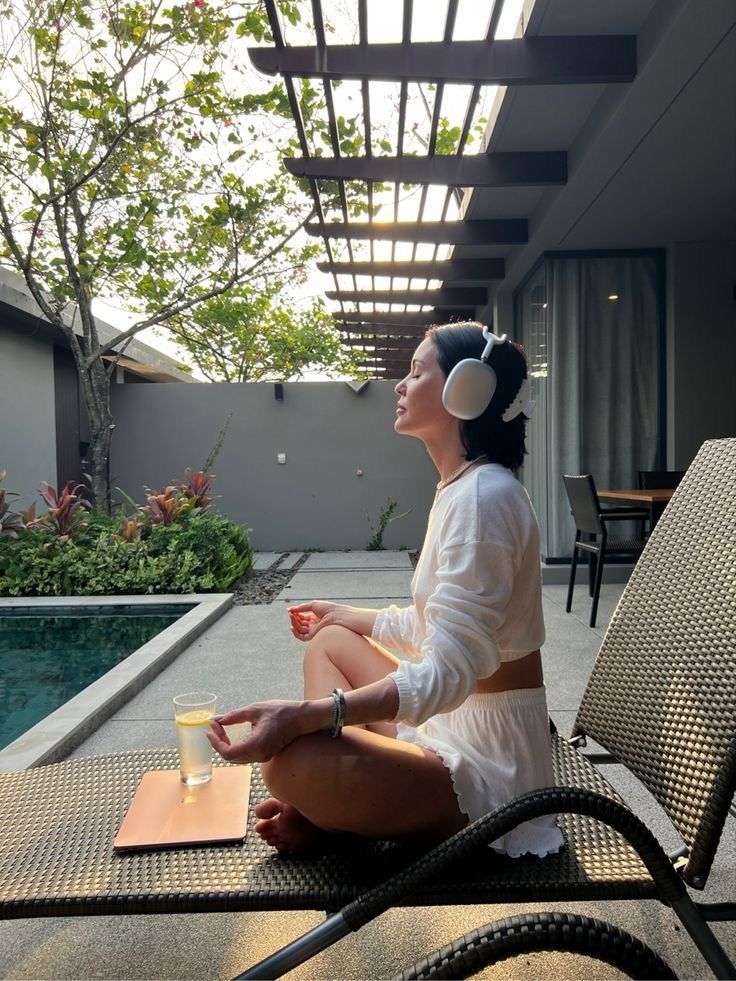

1. Belly Breathing
One of the basic skills is to make a large or deep breath to the diaphragm instead of the chest. This is perhaps the most powerful of all because of its simplicity.
Either sit or lie down in a comfortable position.
Put your right hand on the left side of your chest and the left hand on your stomach.
Breathe in through your nose to the count of four, while keeping your chest and shoulders relaxed and your belly expanding.
Take a moment and then blow out all the air you can until your belly goes back in.
Repeat for 5-10 minutes.
Belly breathing causes your brain to release signals to the rest of your body that it doesn’t need to be stressed and that causes stress and anxiety levels to decrease swiftly.
2. Box Breathing
Another technique that is as common as four-square breathing is known as box breathing, a favorite among Navy SEALs.
Deep breath in through your nose and come up to the count of four.
Take a breath, and then hold it for about the count of four.
Breathe out through your mouth till you count up to four.
Take another couple of seconds before exhaling by holding your breath again to the count of four.
Repeat for 4-5 cycles.
Box breathing focuses the mind, and the box created by breaths brings you to the current time.
3. Alternate Nostril Breathing.
This self-energizing process is a part of the yogic regimen of asanas and is said to work both the left and right ridges of your brain.
To practice this do not slouch when sitting, keep the back straight.
Pinch your right check lightly using your index finger and thumb and breathe in through the left nostril.
Next, block the opening of the left nostril with your ring finger, remove your thumb from the right nostril and breathe out while in this position.
Breathe in with your right nostril; breathe out with your left.
Continue for 5-10 minutes.
It facilitates the free flow of energy in your brain hence rejuvenating your mind and emotions.
4. 4-7-8 Breathing
What makes it great is that not only does it reduce stressful feelings, but it also works well for helping people fall asleep.
To practice take a deep breath in using the air in your lungs to fill up your lungs for 4 seconds.
Take a deep breath in and out for 7 seconds.
Now breathe out with your mouth and count for 8.
Repeat for 4 cycles.
The deep breathe out engages your parasympathetic nervous system, which just means a reduced tension.
How to open the door to the next level of your own consciousness through breathing.
In addition to stress release, your breath is the gateway to the other states of consciousness. Other traditional practices like pranayama, Holotropic Breathwork, and Shamanic breathing are prepared to lead you deeper.
1. Pranayama (Breath Control)

Almost every practitioner of yoga knows that pranayama is a constituent part of yoga, which implies the regulation of breath with the purpose of creating and boosting energy (prana).
Popular pranayama techniques:
Kapalabhati (Skull Shining Breath): Shallow, strong breaths in order to refresh and invigorate.
Anulom Vilom (Alternate Nostril Breathing): Balances energy channels.
Bhastrika (Bellows Breath): Deep and rapid breathing in order to increase energy.
2. Holotropic Breathwork
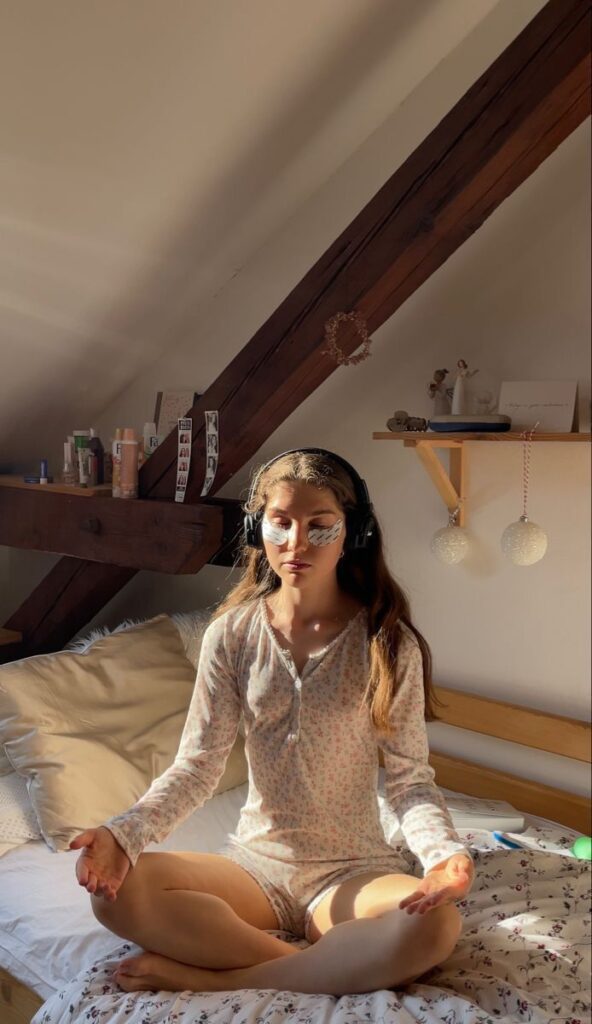
Also known as Spiritual Emergent System, to breathe in a quick and intensive manner synchronizing with the music.
The participants get into a hypnotic condition, where buried feelings and experiences come out, making the participants heal, spiritually.
3. Wim Hof Method
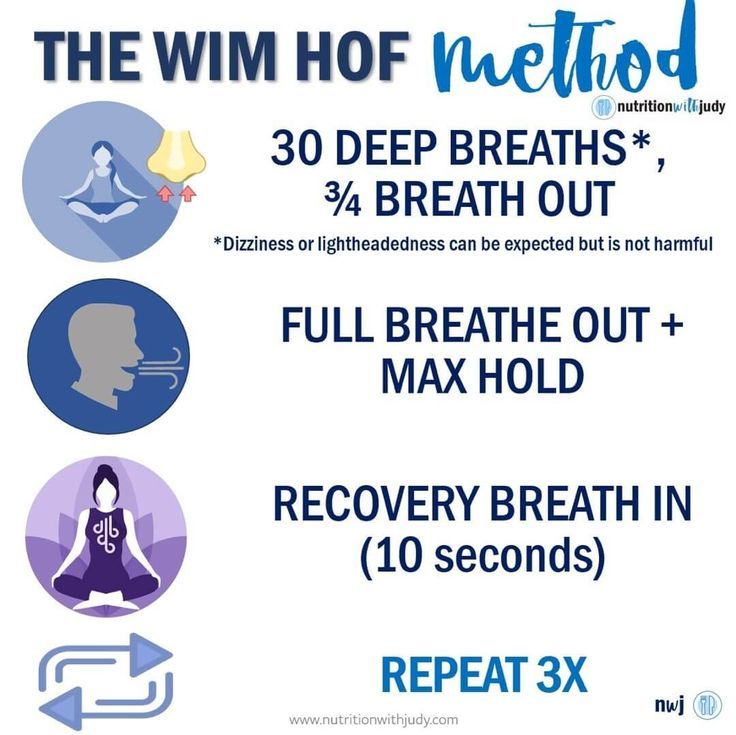
In this unique modern practice, breathing practice, cold therapy, and psychological preparation are incorporated as aspects to increase durability in the body as well as in the mind.
Sit or lie down comfortably.
Take a deep breath through your nose and blow air out through your mouth with a quick motion as in the sequence – 30.
Take as much time as you can manage while holding your breath after the last blow.
Take a long breath, the hold is at least fifteen seconds, and then exhale.
Repeat 3-4 times.
It improves the immune system, increases energy production, and sharpens the brain.
The Modern Way to Inhale Meditation
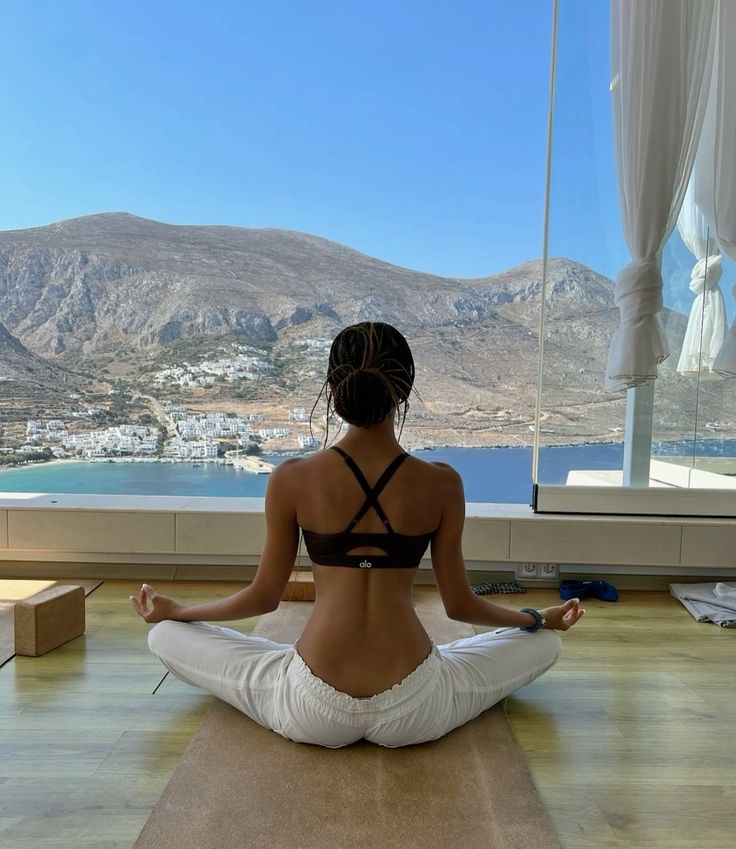

So you understand the techniques – the next step is to put it all into practice. Here’s how to incorporate breathwork into your daily routine:
Start Small
Just start with 5 minutes a day and gradually add more time daily or/and weekly. Never underestimate even a short session, because it can make a lot of difference to your day.
Create a Ritual
Start when you are doing something you already have a routine of doing such as waking up, brushing your teeth or going to bed. This means linking breathwork with such moments makes it easy to include the practice in one’s day to day life.
Set the Mood
Select a place where you will not be interrupted by people or other distractions of the environment.
You can add good musical flavors, decorative candles, or the drops that help to relax such as lavender or eucalyptus to make a practice more interesting.
Use Guided Sessions
If you never practiced breathwork check out guided practices at first they will help you a lot. For this purpose, or for finding any other type of guided meditation, there is Calm, Headspace or just a YouTube link with a specific goal in mind such as ‘stress releasing’ or ‘energy replenishment’.
Experiment with Techniques
Don’t be afraid to mix it up! Today, consider the options within breathing technique to find out which one fits you. Sometimes it makes sense to use diaphragmatic breathing and on the other days you might need the power of Wim Hof breathing.
Track Your Progress
Writing a journal is strongly advised for it will help document experiences.
Pay attention to how you feel both before and after each encounter, and then track these changes over time in terms of the client’s emotional and physical states.
Pair with Other Practices
Breath work should be practiced alongside other modalities such as meditating, yoga or even taking a morning walk. This synergy can increase your level of relaxation and improve your awareness from moment to moment.
Stay Patient and Consistent
As with other beneficial habits, it isn’t as easy as flipping a switch; you will need to be patient to get the full results. And, above all maintain the consistency of practice, therefore waking up daily to show up for yourself even if it’s for a few minutes.
With the use of these principles, breathwork can be integrated into your life and become something quite enjoyable and easy to incorporate into your daily life therefore helping you maintain a calm and connected upper state as well as connected to the higher self.
Final Thoughts
Breath is your weapon, and this weapon you always have with you wherever you are.
Regardless of whether you want to reduce stress in your life or otherwise attempt to heighten your consciousness, the practice of breathwork paints you a picture of serenity and bestowed awareness.
The beauty of it? No gear is required, nor special skills – Just make sure to bring an open mind and a daily time commitment.
So why wait? Breathe and begin your changes right now. It may not make much sense to you, but trust me your head, heart, and stomach will be on your side.


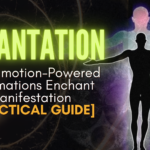




No Comment! Be the first one.